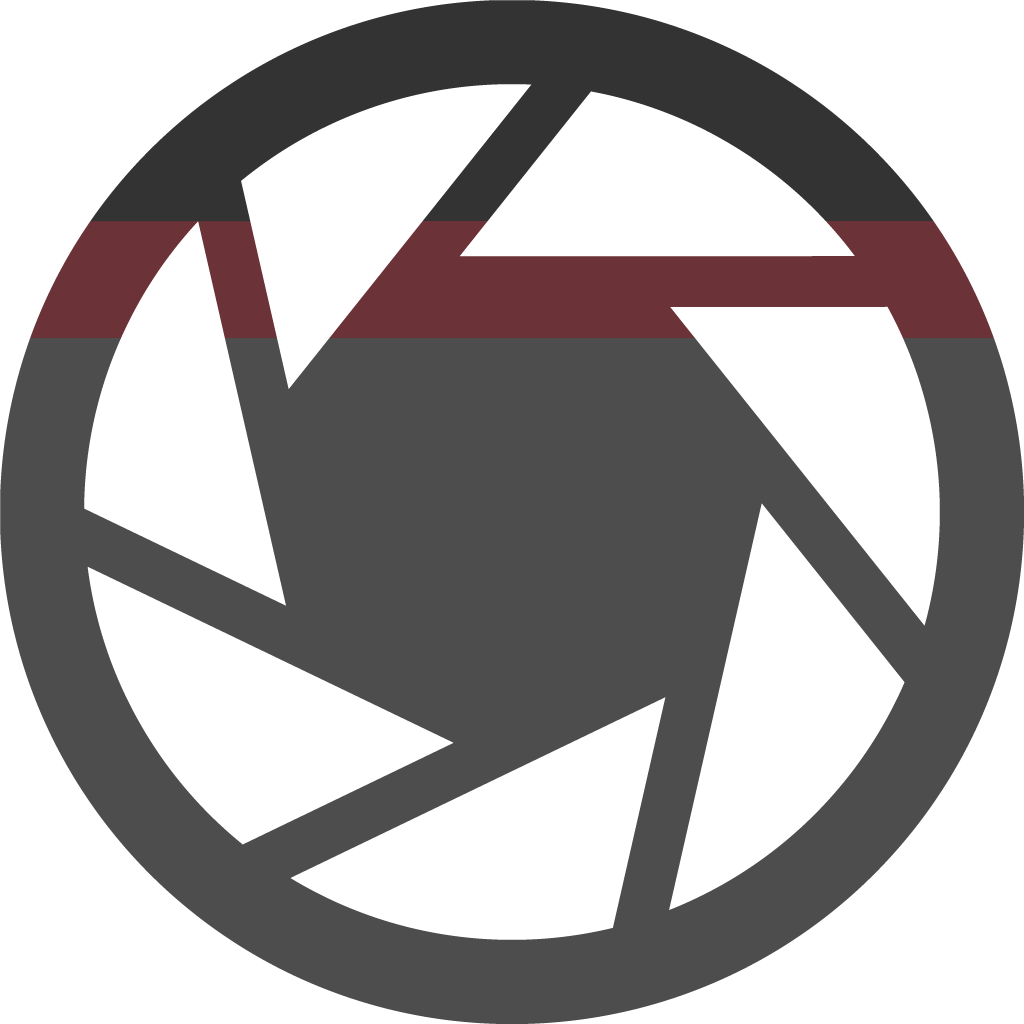Web Design
The internet has only really existed in a recognizable modern state for a little over twenty-five years. Before that, typographers had spent nearly five hundred years developing the ideal layout for books, pamphlets, and advertisements. In the ‘90s, we are given a brand new way of viewing type with all new options and possibilities. It is little wonder that the conventions are only just starting to really take hold.
At the heart of the matter is the type which is now literally movable. The pictures can be wherever you want them. Type can spin and dance and flash and change colours and make noise and it drives viewers crazy. Most of the conventions of printed type evolved out of the limitations of the machinery. Who watches the watchmen when there are no machines?
Well, designers try to create some semblance of order on the web. A readable webpage is a true thing of beauty. Like a logo, it represents a company in its entirety, and offers the first impression to potential users. Studies have shown a viewer can assess the quality of a webpage within seconds. It is essential to express yourself in the best possible light.
In the 2000s, the web featured legibility problems derived from amateur designers. Today, the problem is a glut of decent templates. Wix, Squarespace, and Wordpress are just a few decent options that can offer a plug-and-play layout suitable for virtually any business. The issue is that this universality offers a cornucopia of unnecessary options. The term in the industry is ‘feature creep’. Flashy new features are introduced, and business owners add them to their websites without considering what this might add. For example, it currently seems almost all websites have comment threads for readers to discuss the topic. Why? If you run a small business there is no purpose in making a social forum on your site. The web is full of social media sites devoted to discussion. A comment thread is also a great way to attract internet trolls that can hijack the narrative of your business. There are dozens of examples like this, where a nice feature seems helpful but actually just distracts from the key goal of the website in the first place. My job as a web designer often involves choosing the right features from a suite of tools.
The second biggest concern of modern web design is the various sizes of screens we have today. Briefly in the early 2010s, web designers were building both desktop and mobile websites. Using an iphone would send you to the site arranged for a small screen. Designers hypothesized that a user would only go to a webpage on their phone if they were out on the go running errands or riding public transit, etc. The mobile page would only show you the most essential information at a glance. What users proved over the past ten years is that they prefer to use a phone to view the web even when at home. Designers pivoted from creating two distinct sites into creating one site that would change sizes depending on your screen.
This creates a whole new world of problems and solutions. Images must remain in logical order when a page is resized. Text must be legible and not ridiculously oversized. Menu buttons that are easy to navigate with a mouse are tricky when using a touchscreen. The keyboard overlay will cover part of the screen whenever the user needs to enter type. There are hundreds of issues that need to be considered when building a webpage today.








